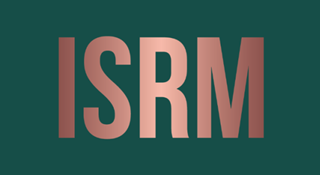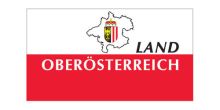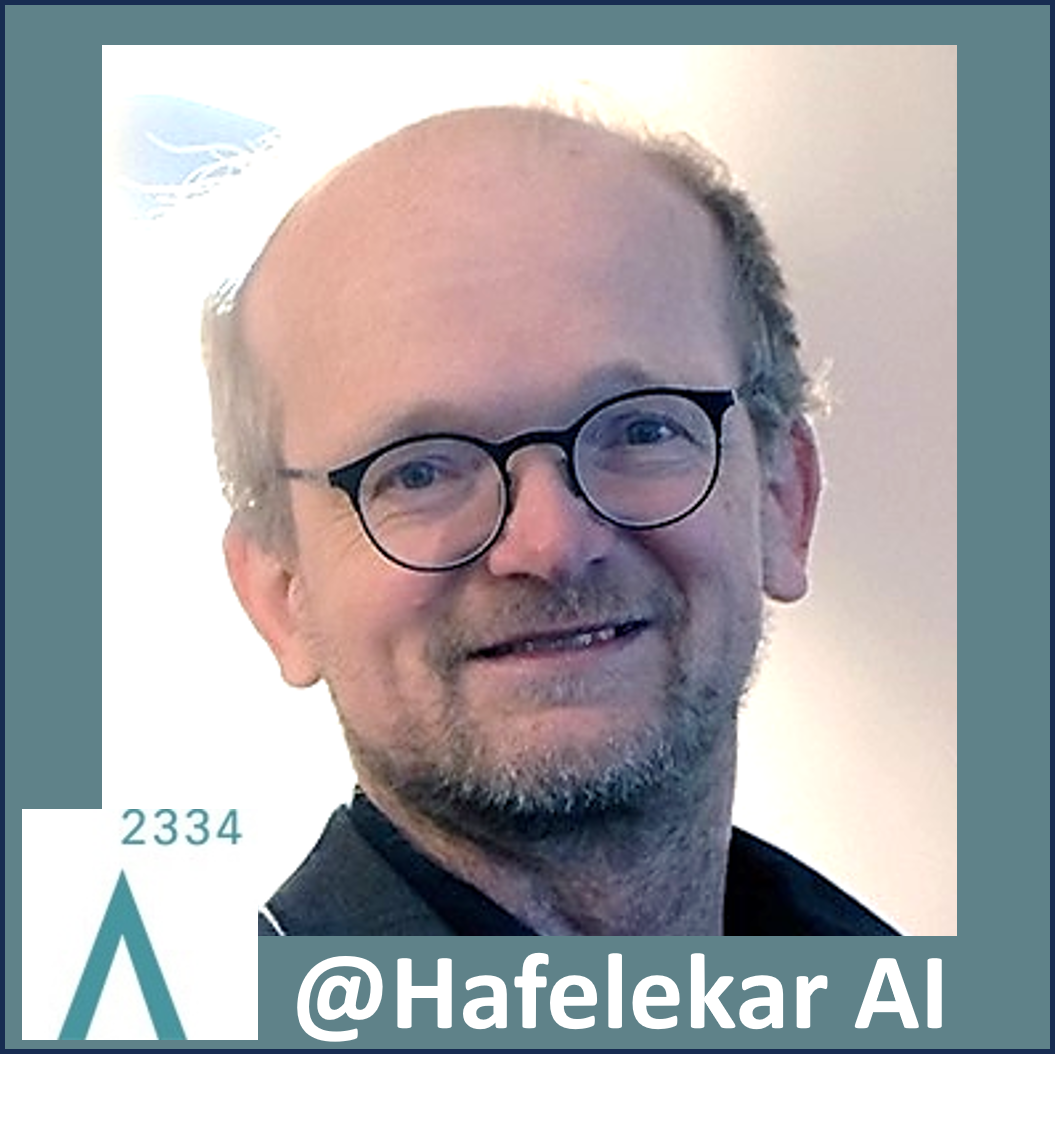News
- DigEnYou – Pitch Perfect
 Your AI chatbot for the perfect investor pitch
Your AI chatbot for the perfect investor pitch - Card set Project Youth Folktales
 The new card sets are here
The new card sets are here - Digi-Ageing overcoming loneliness
 Older people are becoming increasingly isolated in many situations.
Older people are becoming increasingly isolated in many situations.
Veranstaltungen
Keine Veranstaltungen
Hafelekar Videos











